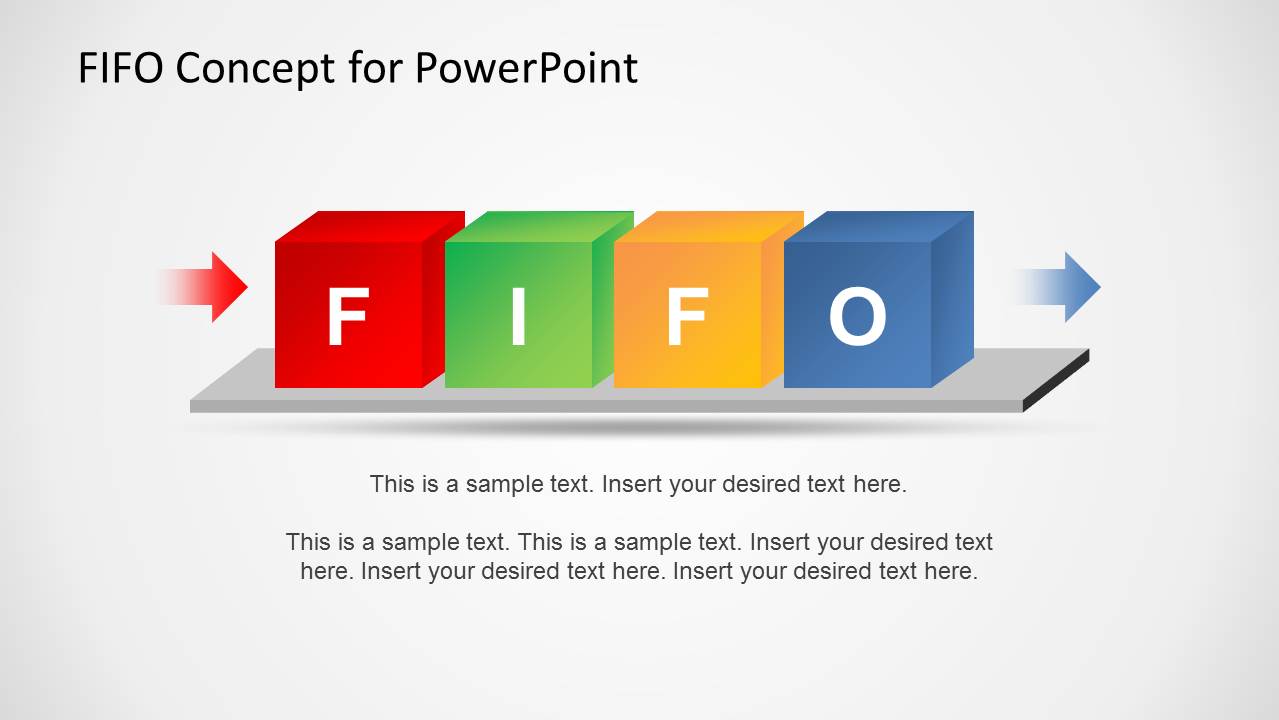
Assuming that prices are rising, this means that inventory levels are going to be highest as the most recent goods (often the most expensive) are being kept in inventory. This also means that the earliest goods (often the least expensive) are reported under the cost of goods sold. Because the expenses are usually lower under the FIFO method, net income is higher, resulting in a potentially higher tax liability.
Consider Real Inventory Flow
The gumballs remaining in the machine at the end of the period—your inventory—are the gumballs that were added last. The goods that you first purchased will be the first ones to go to COGS upon sale. If suppliers or manufacturers suddenly raise the price of raw materials or goods, a business may find significant discrepancies between their recorded vs. actual costs and profits. Whether you need an eagle eye into the hundreds of items you sell or if you just want to stay on top of your stock, there’s an inventory management solution that’s right for you. If you sell online, most POS systems like Shopify will track inventory for you. If you’re wanting to try it for yourself, there are free templates available online.
- FIFO accounts for this by assuming that the products produced first are the first to be sold or disposed of.
- For example, when you’re unpacking your latest grocery store haul—be intentional and put that new box of crackers or pasta behind the one you bought on your last trip.
- FIFO and LIFO have different impacts on inventory management and inventory valuation.
- Read on for a deeper dive on how FIFO works, how to calculate it, some examples, and additional information on how to choose the right inventory valuation strategy for your business.
- Not only is net income often higher under FIFO but inventory is often larger as well.
Average Cost Method
Notice that Susan lists the 130 units remaining in her inventory as costing $4 apiece. This is because she presumes that she sold the 80 units that she bought for $3 apiece first. Susan started out the accounting period with 80 boxes of vegan pumpkin dog treats, which she had acquired for $3 each.
May Not Reflect Inventory Flow
Theoretically, in a first in, first out system, you’d sell the oldest items in your inventory first. Older products have a tendency to become obsolete over time due to product spoilage, wear and tear, and out-of-date design (if you update the design of the product at any point after your first order). With the FIFO method, you sell those older products first—ensuring that all items in your inventory are as recent as possible. Many businesses use FIFO, but it’s especially important for companies that sell perishable goods or goods that are subject to declining value.
In many cases, the inventory that’s received first isn’t always necessarily sold and fulfilled first. To calculate the value of ending inventory, a brand uses the cost of goods sold (COGS) of the oldest inventory, despite any recent changes in costs. cafeteria plans grow in popularity When Susan first opened her pet supply store, she quickly discovered her vegan pumpkin dog treats were a huge hit and brought in favorable revenue. But when it was time to replenish inventory, her supplier had already increased their prices.

Business
This is because even though we acquired 30 units at the cost of $4 each the same day, we have assumed that the sales have been made from the inventory units that were acquired earlier for $5 each. FIFO is a widely used method to account for the cost of inventory in your accounting system. It can also refer to the method of inventory flow within your warehouse or retail store, and each is used hand in hand to manage your inventory. In fact, it’s the only method used in many accounting software systems. While FIFO refers to first in, first out, LIFO stands for last in, first out. This method is FIFO flipped around, assuming that the last inventory purchased is the first to be sold.
For example, if you sold 15 units, you would multiply that amount by the cost of your oldest inventory. However, if you only had 10 units of your oldest inventory in stock, you would multiply 10 units sold by the oldest inventory price, and the remaining 5 units by the price of the next oldest inventory. Using the FIFO inventory method, this would give you your Cost of Goods Sold for those 15 units. It takes less time and labor to implement an average cost method, thereby reducing company costs. The method works best for companies that sell large numbers of relatively similar products.
Higher gross profit translates into higher net income, which can be beneficial for companies looking to attract investors or secure financing. FIFO and LIFO are two common methods businesses use to assign value to their inventory. They’re important for calculating the cost of goods sold, the value of remaining inventory, and how those impact gross income, profits, and tax liability.
